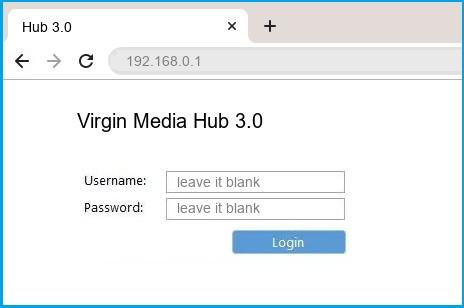
/GettyImages-879348624-c4f89cfc558a406484f5ae0389de2693.jpg)
You can make this change using the software for your access point.

This way you'll know which network you’re connected to. If your router is broadcasting at a 2.4 GHz, 5 GHz, 6 GHz network band, you should use different network names (also call SSIDs). A 6 GHz network can give you the best network performance when you’re close to your router, but many older devices don’t support it-you’ll need to have a newer router and PC that both support Wi-Fi 6E. However, faster throughput is generally available on a 5 GHz network which is better suited for tasks like streaming movies or gaming on an Xbox One. In some cases a 2.4 GHz network will work fine for basic tasks, such as surfing the web or using email. You’ll need a newer Wi-Fi router that supports Wi-Fi 6E, and a Windows PC and network adapter drivers that support Wi-Fi 6E. 6 GHz is not as widely used by other devices. A strong 6 GHz connection is the best for gaming, streaming, and video calls.Ĭons: Shorter range compared to other bands and doesn’t go through walls as well. Pros: Wi-Fi 6E expands the frequency range to provide very fast throughput, low congestion for more reliable connections, and lower latency. Pros: Faster throughput, less congested channels, more channels that don't overlap.Ĭons: Shorter range compared to 2.4 GHz networks, doesn't go through walls and other obstacles as well as 2.4 GHz networks, not as widely used by IOT devices.


Pros: Longer range, better at going through obstacles (for example, walls), more universal compatibility (more wireless devices support 2.4 GHz compared to 5 and 6 GHz).Ĭons: Slower throughput, fewer channels that don’t overlap, more congested than 5 GHz networks because household devices (for example, microwaves and cordless phones) and Bluetooth devices use the 2.4 GHz network band. The following is a list of the pros and cons for each. For more info, check the documentation for your access point or visit the device manufacturers website.Ĭhoose the right network band for your devicesįor consumer Wi-Fi networks, there are three frequency bands: 2.4 GHz, 5 GHz, and 6 GHz. You usually do this through a web browser. To make changes to your router or other access point, you'll need to sign in to it. After making changes to your network or setup, run the speed tests again to see if your Wi-Fi performance has improved. (You can get a network speed test app from Microsoft Store.) Run several tests at different places in your home and record the results. Before you start to make changes to your Wi-Fi network, you should run a network speed test to get a baseline for your network performance.


 0 kommentar(er)
0 kommentar(er)
